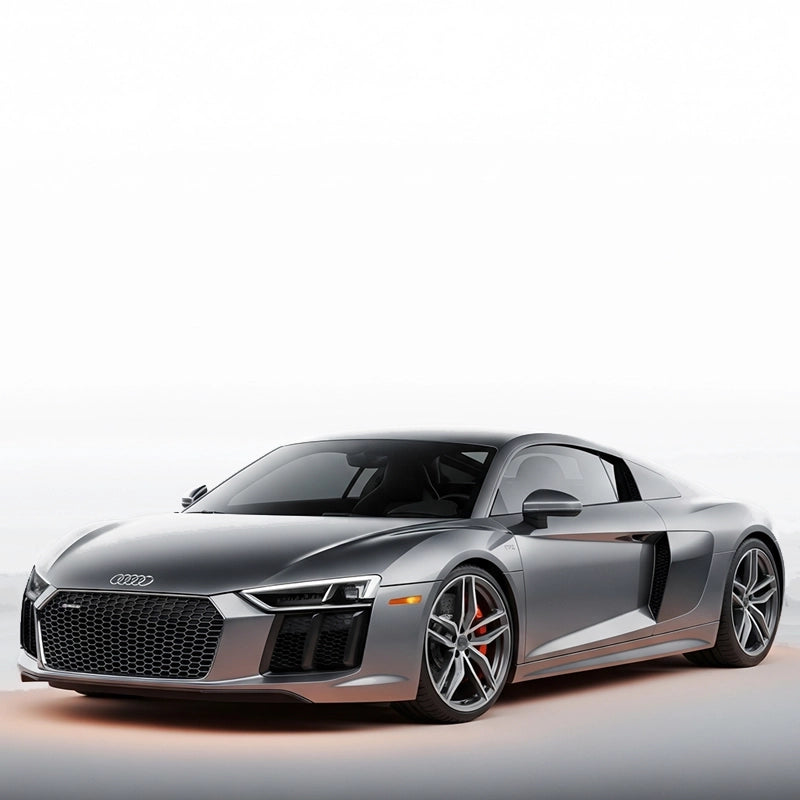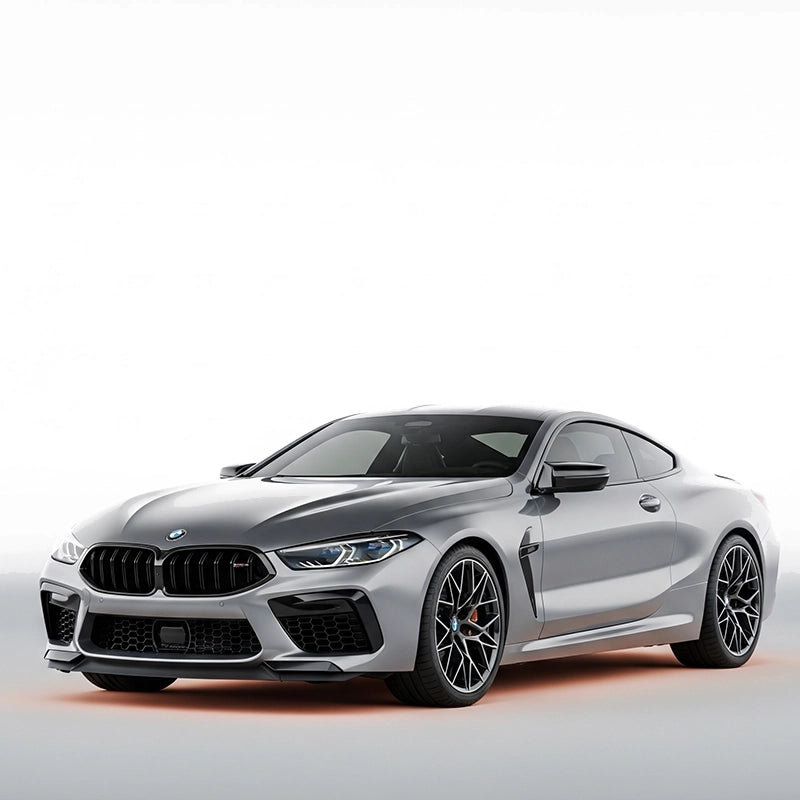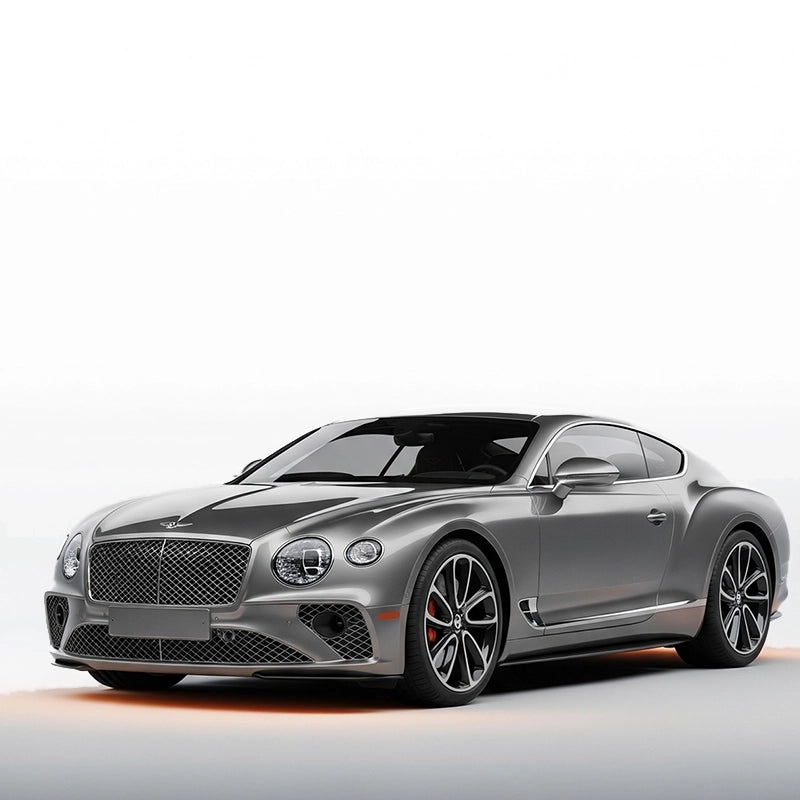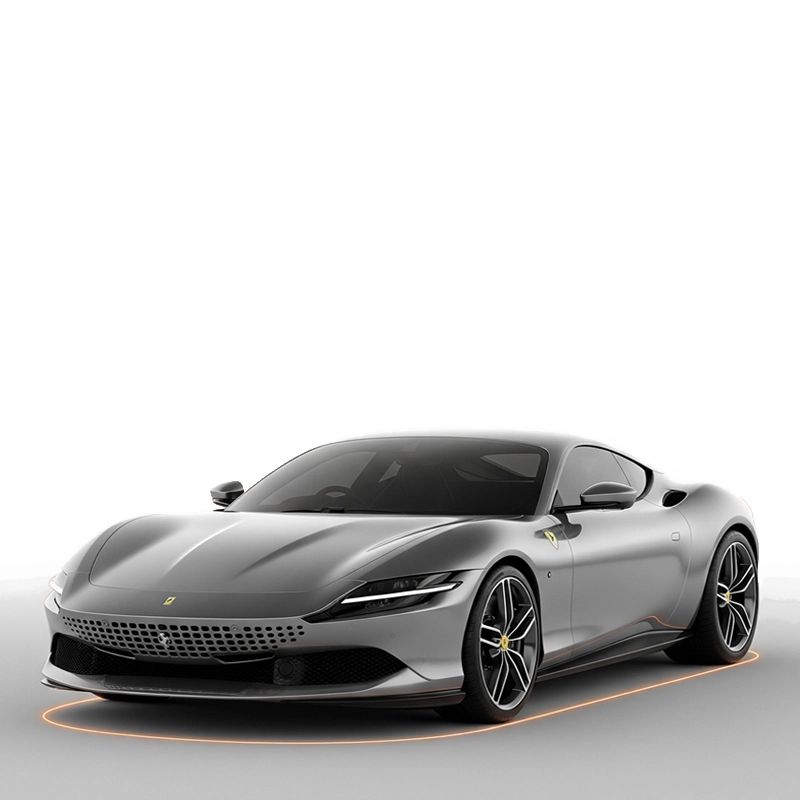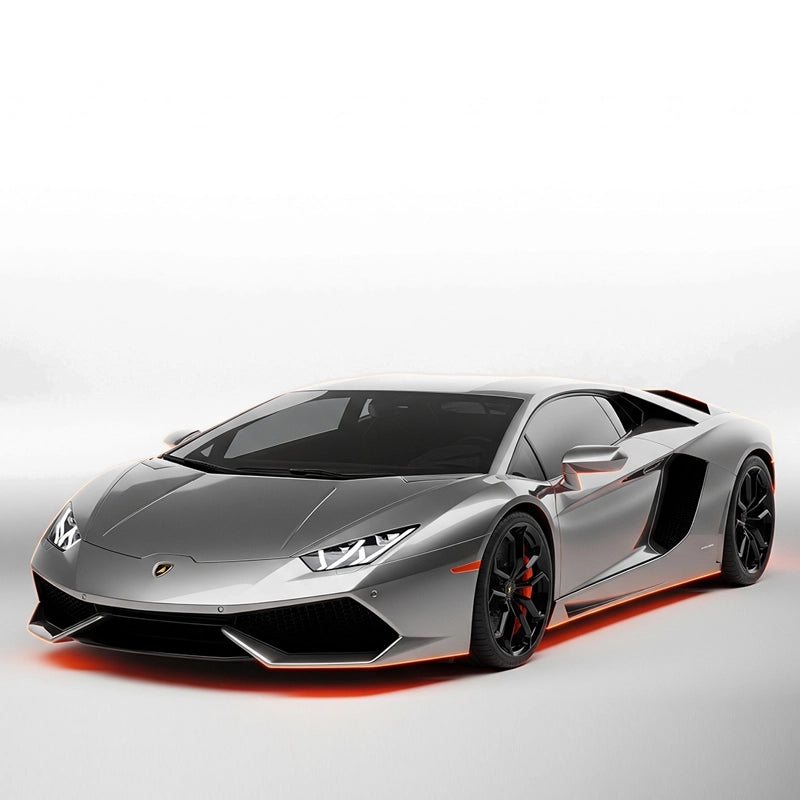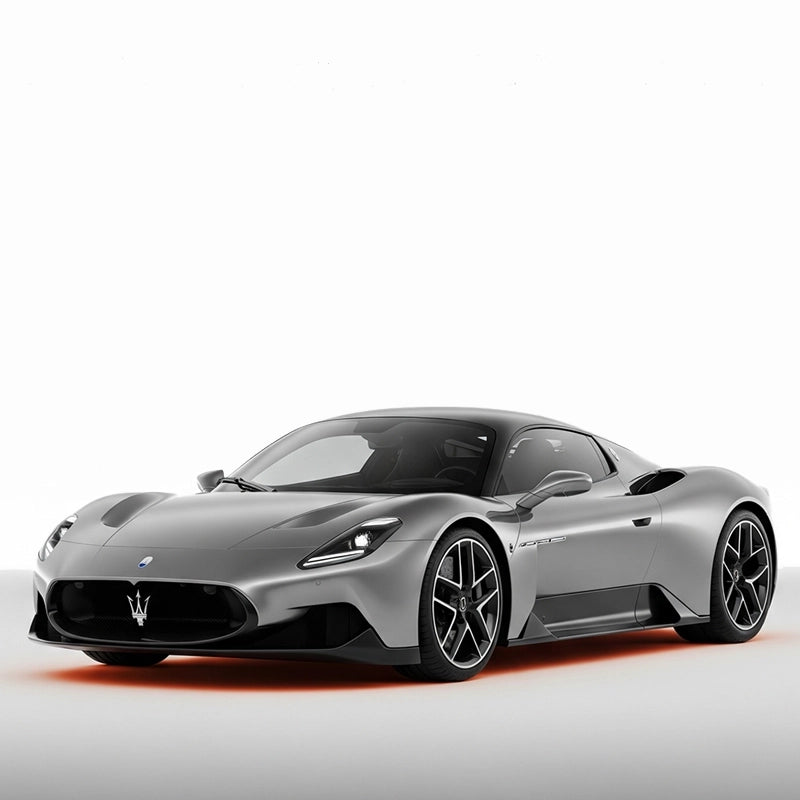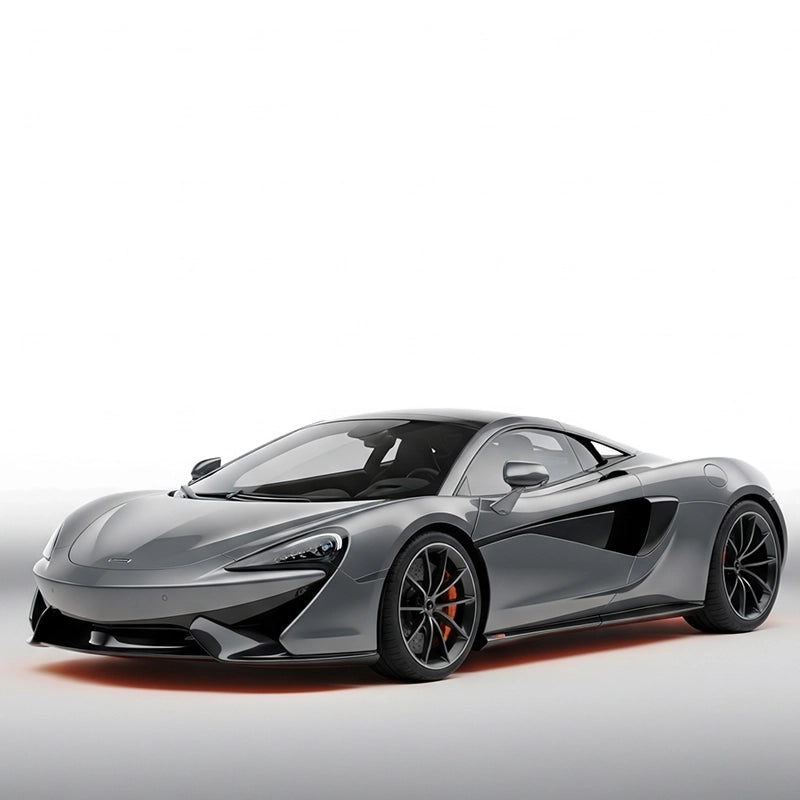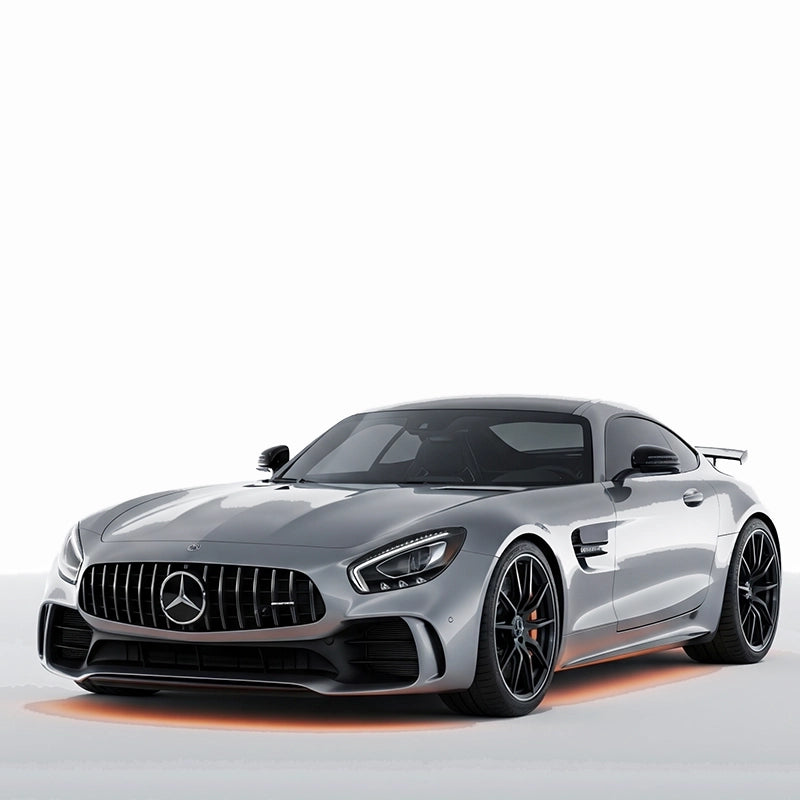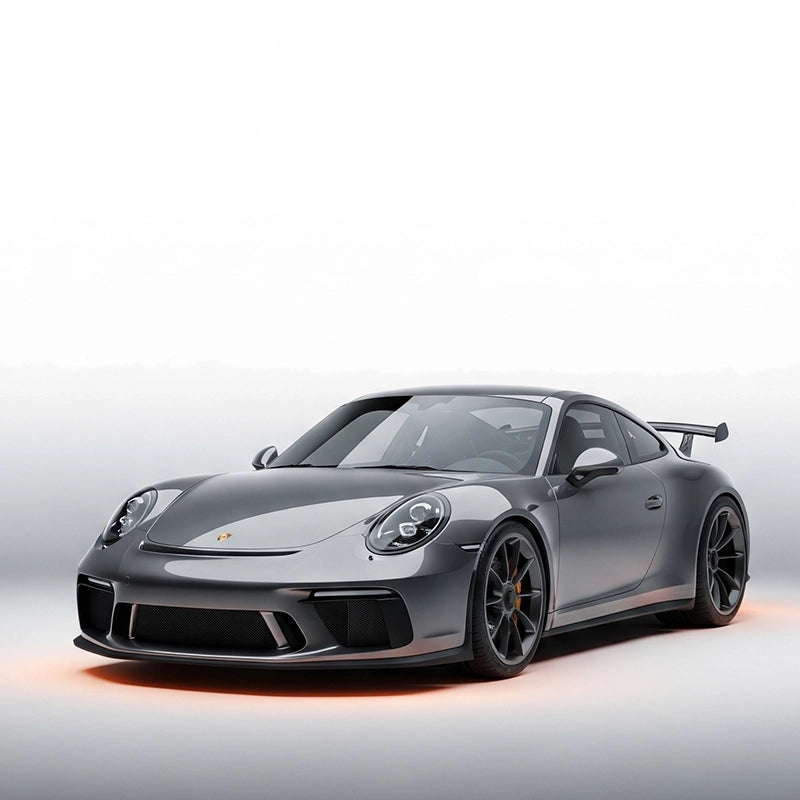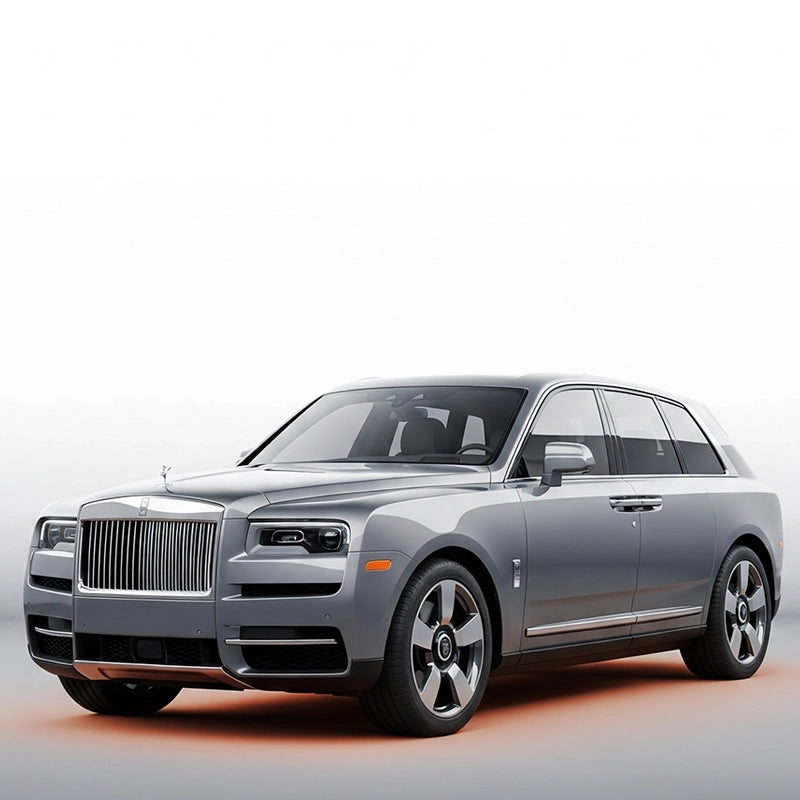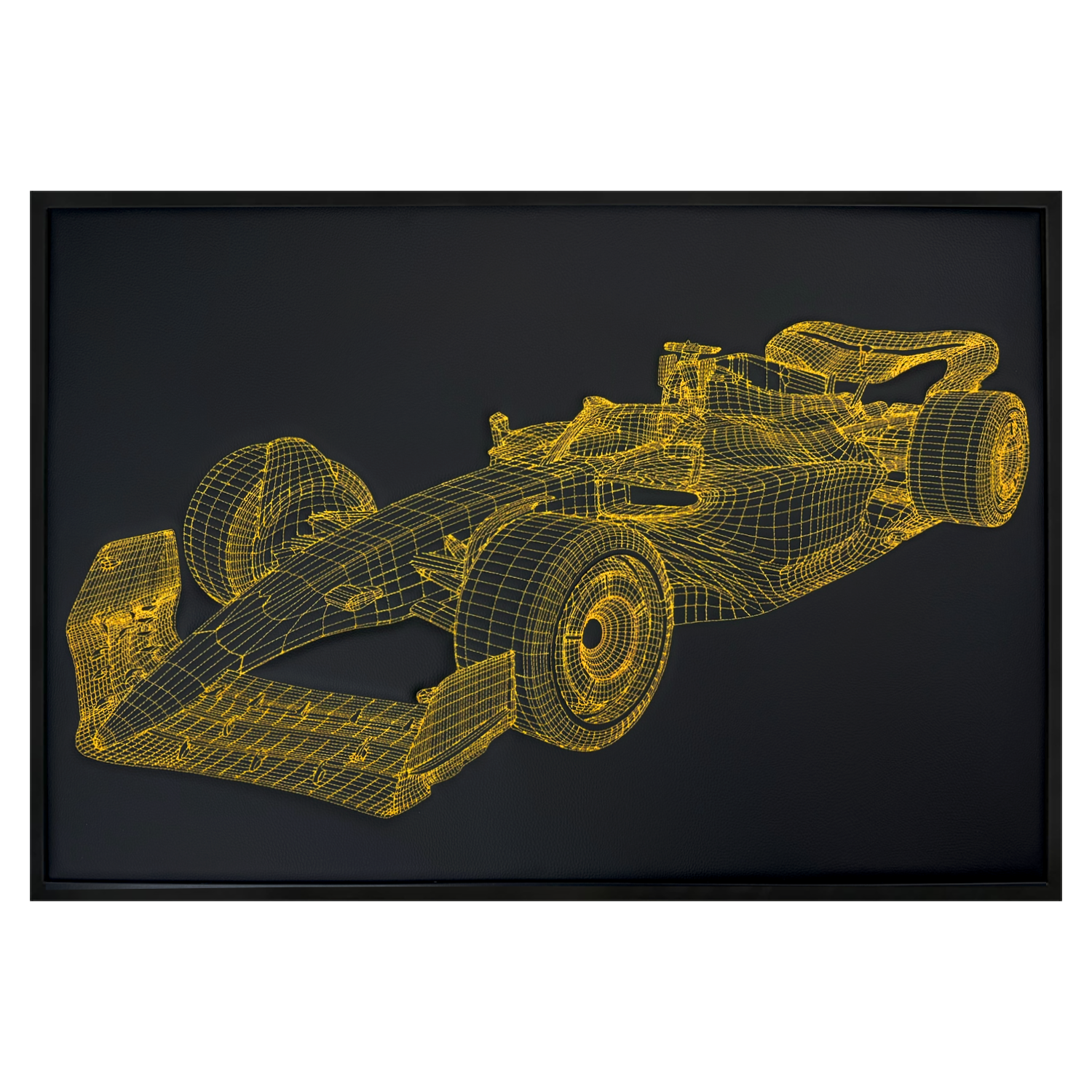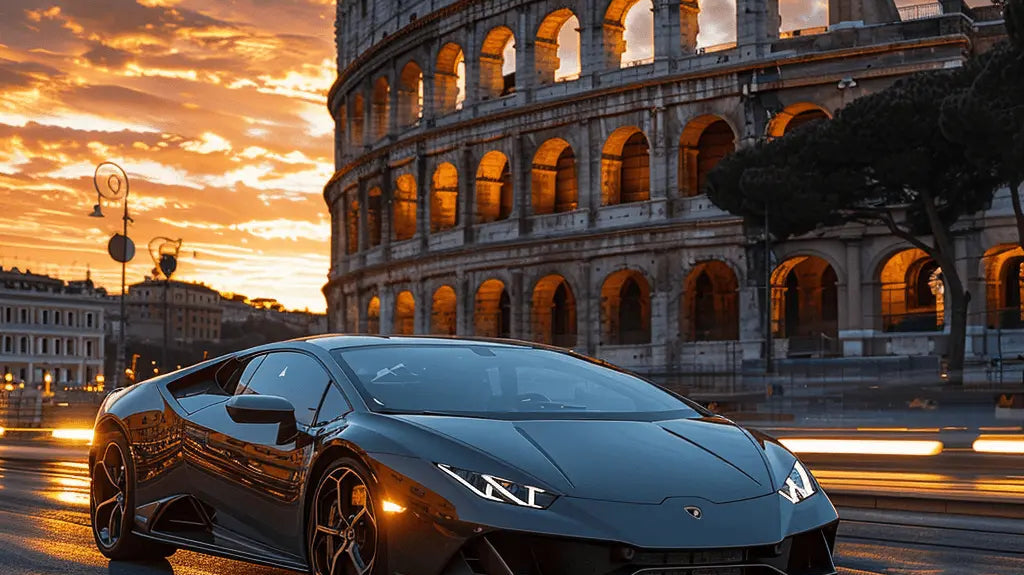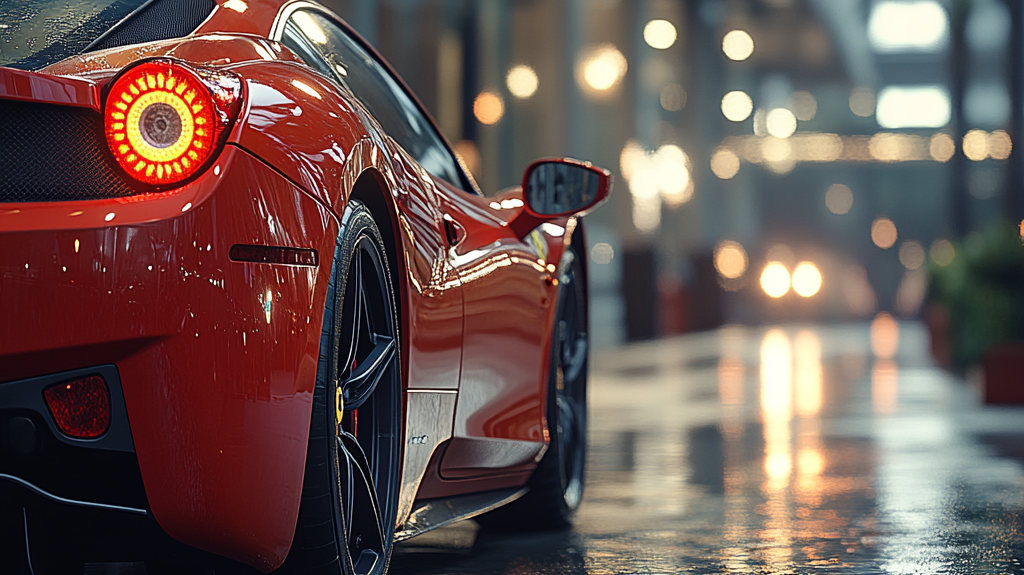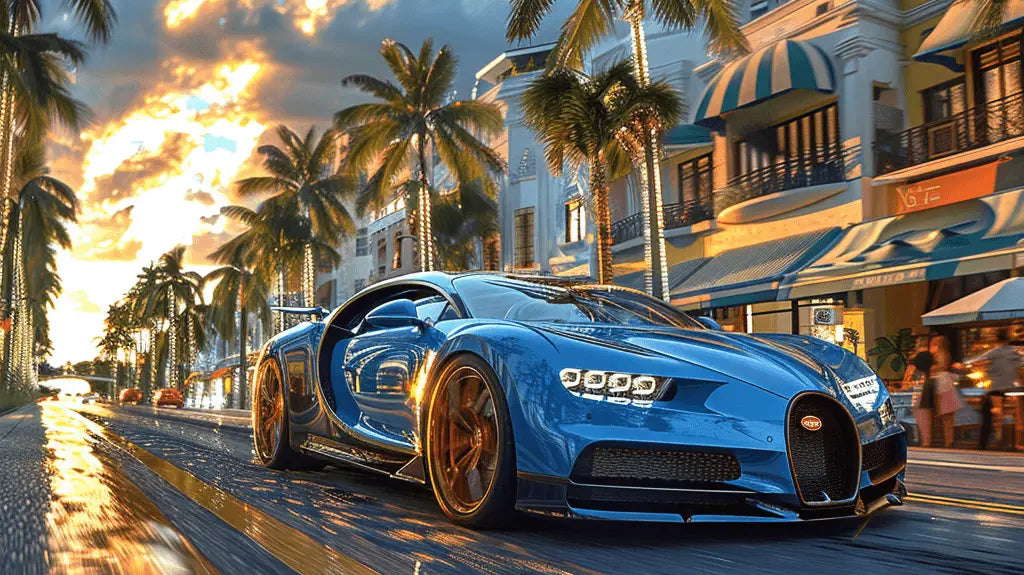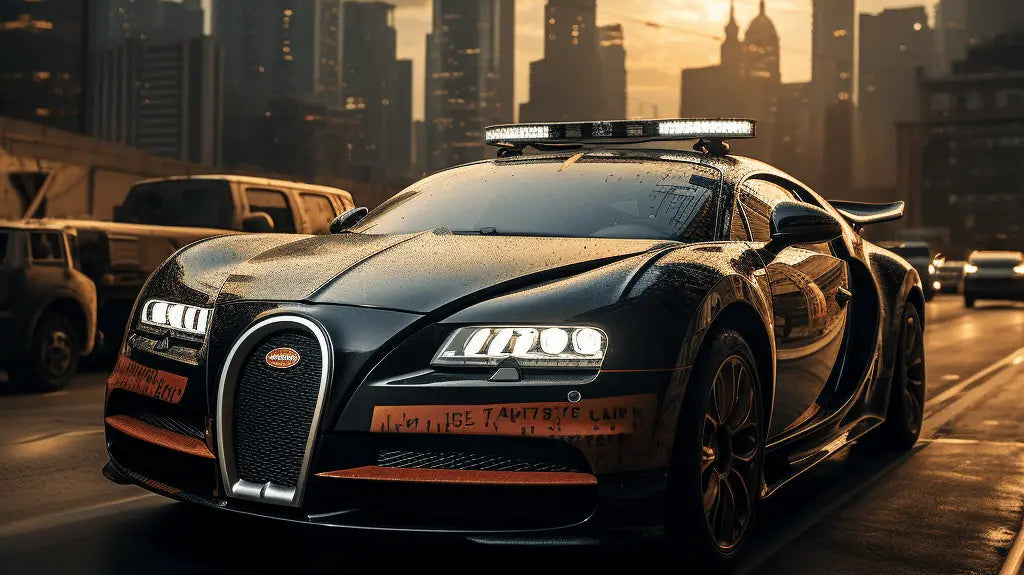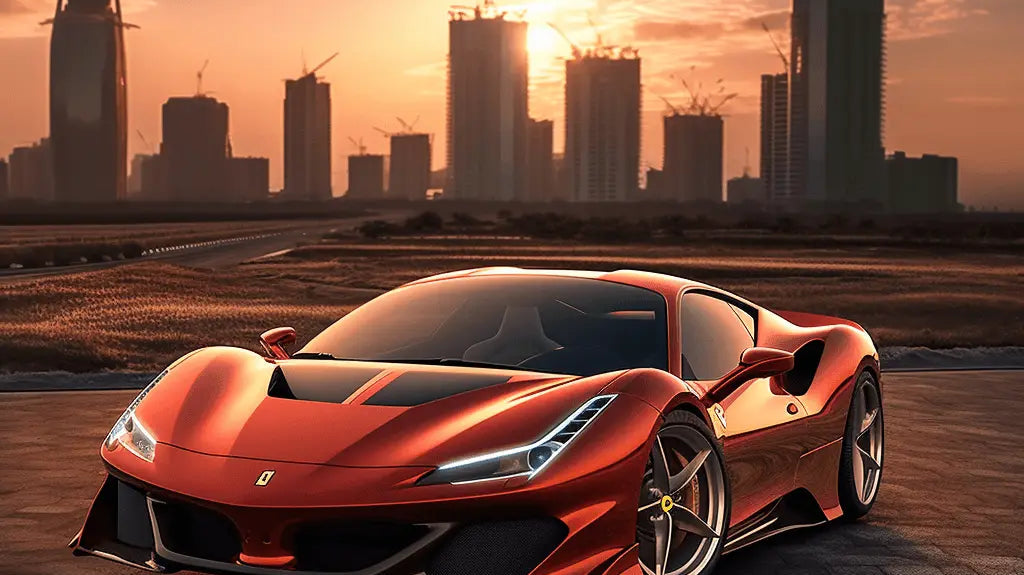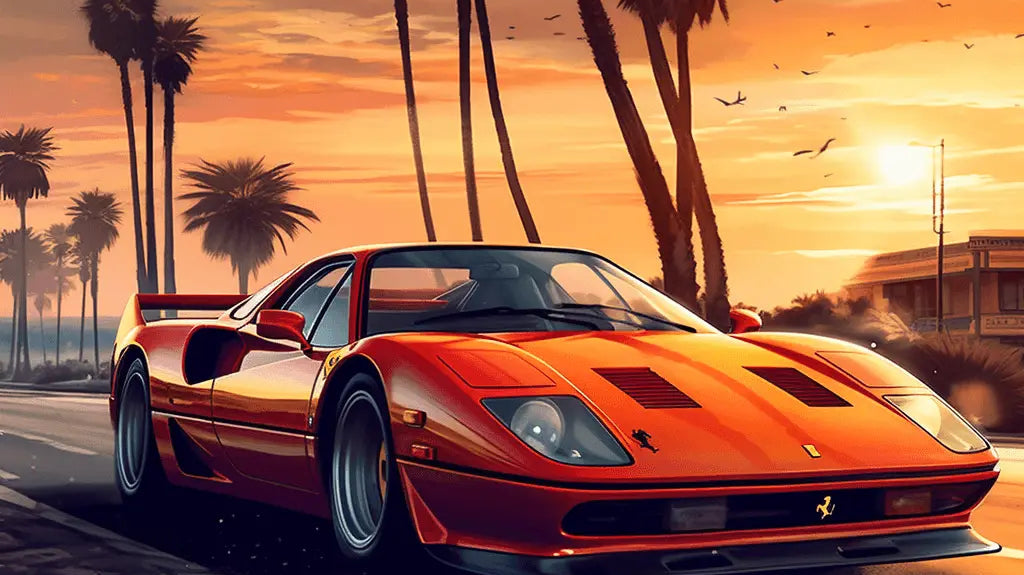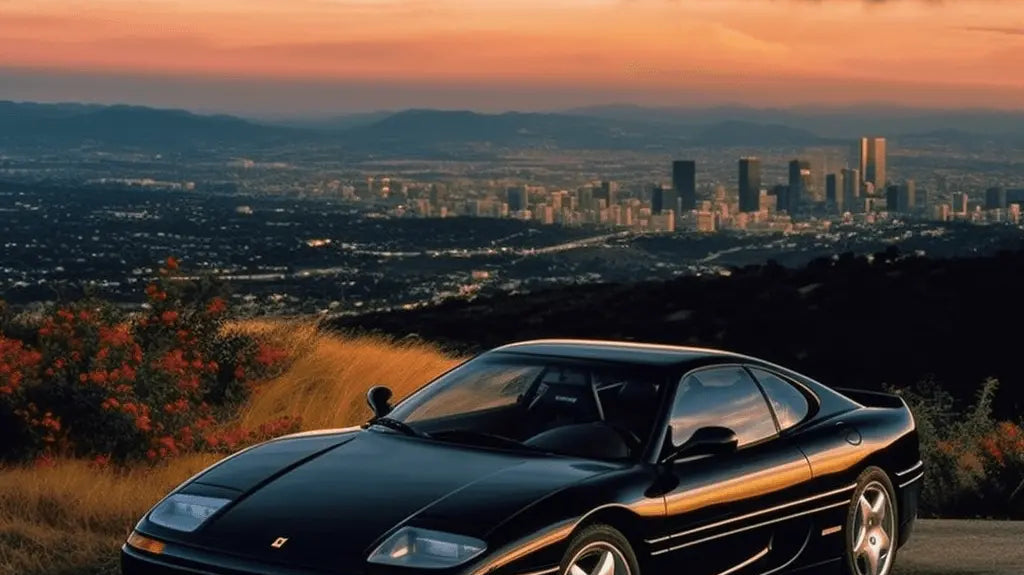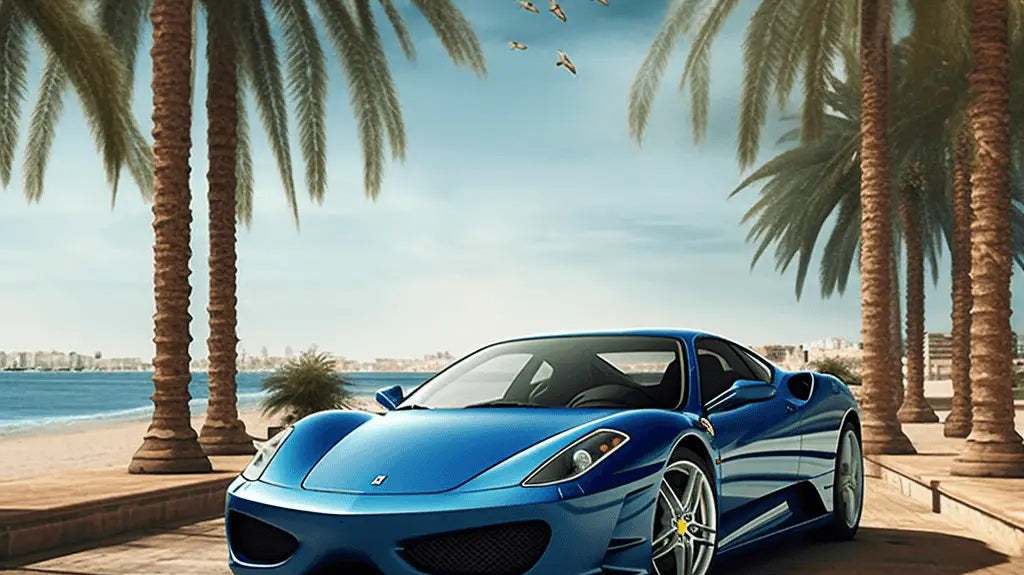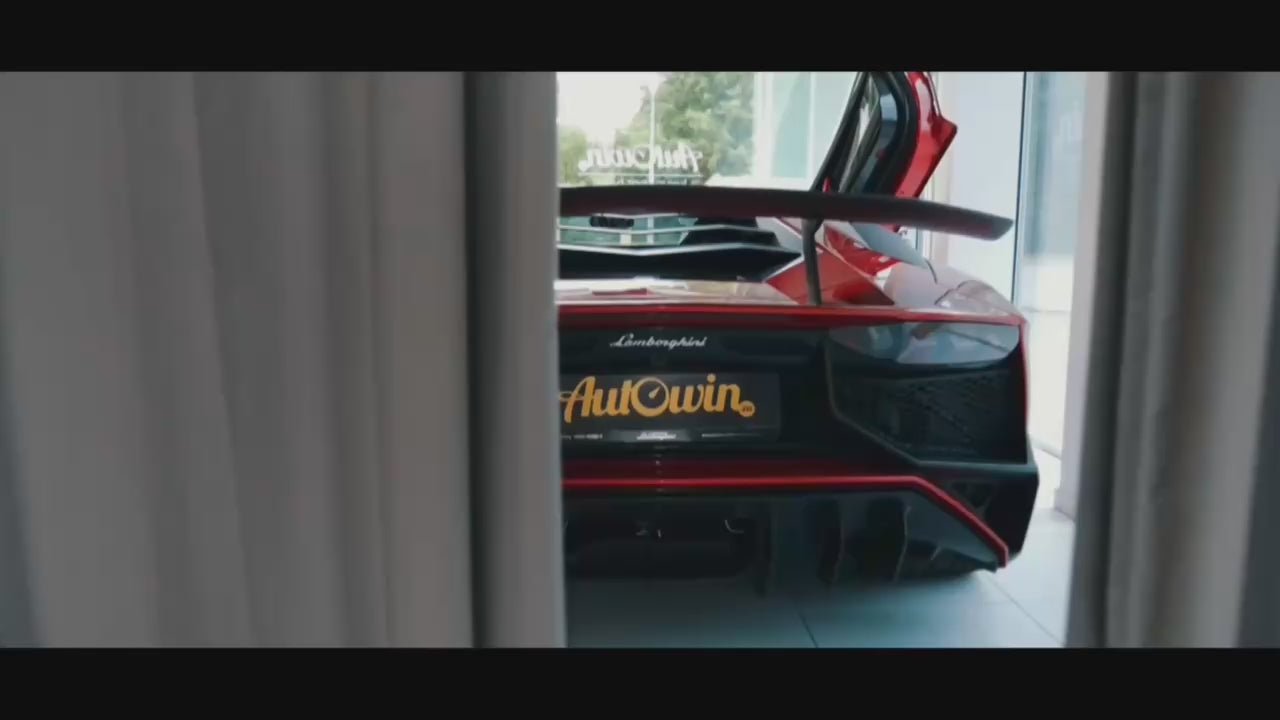The Birth of Lamborghini: Pioneering Luxury Sports Cars
I still remember the first time I stood beside an early Lamborghini V12 warming up. That metallic chatter, the scent of hot oil—it felt like a tiny thunderstorm had been bottled under the bonnet. The story of Lamborghini has that same charged energy. It didn’t start politely. It started with a challenge—in 1963—when Ferruccio Lamborghini decided he could build a better grand tourer than the ones he’d been buying. Bold? Absolutely. Necessary? As it turns out, yes.
Lamborghini 350GTV: The Shot Heard Across Modena
Debuted at the 1963 Turin Motor Show, the Lamborghini 350GTV wasn’t just a debutante; it was a declaration. With a 3.5‑litre V12 designed by Giotto Bizzarrini, a four-speed manual, and a claimed top speed nudging 280 km/h, it signaled a new kind of Italian supercar—wildly technical yet dressed like an opera-goer. The prototype had its quirks (the show car reportedly wasn’t fully road-ready), but the intent was crystal clear: Lamborghini was here to build fast cars for drivers who cared about speed, sound, and style in equal measure.

Ferruccio Lamborghini famously owned Ferraris and wasn’t thrilled with their clutches or dealer service. A spirited disagreement with Enzo Ferrari lit the fuse. The result? A new marque with a bull on the badge and a mission to do things differently.
Redefining Standards: How Lamborghini Changed the Rules
The production 350 GT that followed was more civilized than the 350GTV prototype, but it retained the brand’s backbone: a sonorous V12, clean Giugiaro lines, and grand-touring speed. Then came the revolutionary Miura in 1966—mid-engine, achingly beautiful, and dangerously fast for its time. The message was simple: Lamborghini wasn’t chasing trends; it was setting them.
1960s Icons: Where The Benchmark Moved
| Model (era) | Layout | Engine | Power (approx.) | Top speed (approx.) |
|---|---|---|---|---|
| Lamborghini 350 GT (1964) | Front-engine, RWD | 3.5L V12 | 280 hp | 254 km/h (158 mph) |
| Lamborghini Miura P400 (1966) | Mid-engine, RWD | 3.9L V12 | 350 hp | 270+ km/h (170+ mph) |
| Ferrari 275 GTB/4 (1966) | Front-engine, RWD | 3.3L V12 | 300 hp | 268 km/h (166 mph) |
Figures are period-claimed or well-documented estimates. The point isn’t the decimals—it’s how quickly Lamborghini moved the goalposts.
Countach to Diablo: The Lamborghini Attitude Hardens
By the time the Countach arrived in the ’70s, everything got sharper—the lines, the throttle response, even the elbows. It was poster art made metal, with visibility like a postbox and a clutch that doubled as leg day, but I’ve never met anyone who didn’t want one. The Diablo took things into the ’90s with more power and a slightly kinder temperament, without softening the snarl that defined the brand.
Got kids? The Diablo’s scissor doors unlock priceless school-drop-off points. Yes, you’ll be “that parent,” but you’ll also be the parent.
Lamborghini In The Modern Era: Huracán, Aventador, and Urus
Today’s lineup keeps the DNA intact but adds everyday usability—well, Lamborghini’s version of everyday. The Aventador’s 6.5L V12 in SVJ tune (around 759 hp) still makes your spine tingle, while the Huracán’s naturally aspirated V10 (up to 631 hp in STO form) is the one I reach for on a good B-road. It’s precise, playful, and—dare I say—friendly when you’re not flat out.
And then there’s the Urus. I drove one across a stretch of broken tarmac in the rain just to see if the hype held up. It did. With around 641 hp from a twin-turbo V8 and clever chassis electronics, it’s the luxury SUV you buy when ski weekends in the Alps sit next to school runs and late-night airport sprints on the calendar. Not subtle. Very effective.
Inside the Bullring: Living With A Lamborghini
Even the quiet moments are theatrical. Leather that smells like an atelier, switches that feel like they were milled from billet ambition, and cabins that are quiet enough to hear your kids fighting in the back (Urus owners know). The quirks? Infotainment occasionally lags, and low-speed maneuvering in the big V12 cars can feel like coaxing a bull through a china shop. But that’s part of the charm.
A Journey Beyond the Ordinary: Accessories That Keep Pace
When you own a Lamborghini, even the practical bits deserve a flourish. Floor mats sound humble, but good ones do more than catch sand from your Amalfi escape. They protect, they anchor the cabin visually, and they make cleanup less of a ceremony.
- Tailored fit for a factory look
- Materials that won’t fade or curl after a summer of heat cycles
- Easy to clean—because road trips happen
- Color and stitch options to match your spec
Uncompromising Elegance: AutoWin’s Lamborghini Floor Mats
If you’re going to dress your cabin, do it right. I’ve seen a few owners try generic mats; they slide, bunch, and look wrong. AutoWin’s premium mats are cut for the car and feel properly premium underfoot—like driving in slippers, only less embarrassing to admit.

- Precision-cut for Gallardo, Huracán, Aventador, and more
- Durable backing to resist slip
- Contrast stitching options to echo your spec
Elevate Your Journey: AutoWin’s Exclusive Collection
The beauty of Lamborghini ownership is the ritual—warming the engine, choosing the right road, and yes, keeping the cabin as sharp as the exterior. AutoWin curates accessories that enhance that ritual without shouting about it.

- Keep a trickle charger if your car sits—V12s and V10s like healthy voltage
- Ceramic-coat the wheel arches; it helps on messy winter roads
- Fit quality mats early to protect carpets from heel wear
In Conclusion: Lamborghini’s Legacy Of Innovation And Luxury
From the defiant 350GTV to today’s Huracán, Aventador, and Urus, Lamborghini has never done “ordinary.” It builds cars that make you feel something before you’ve even pressed the starter. That was true in 1963, and it’s still true now. The shapes evolve, the tech gets smarter, but the core—power, drama, and speed—remains. Long may the bull charge.
FAQ: Lamborghini History, 350GTV, and Ownership
What was the first Lamborghini?
The first prototype was the 350GTV (1963), followed by the production 350 GT (1964). The GTV set the tone; the GT put the brand on the map.
Why did Ferruccio Lamborghini start the company?
He wanted a refined, high-performance grand tourer and felt existing options (notably Ferrari) could be improved—particularly in usability and service. So he built his own.
Is the 350GTV the same as the 350 GT?
No. The 350GTV was a prototype; the 350 GT was the road-ready production car with a more livable tune and finish.
Which modern Lamborghini best captures the classic spirit?
The Aventador carries the V12 torch beautifully, while the Huracán offers the brand’s drama with daily-usable polish. The Urus? It’s the unexpected all-rounder.
Are aftermarket mats worth it for a Lamborghini?
Yes—if they’re properly tailored. Quality mats like those from AutoWin protect the carpets, keep the cabin looking sharp, and won’t slide around under spirited driving.

